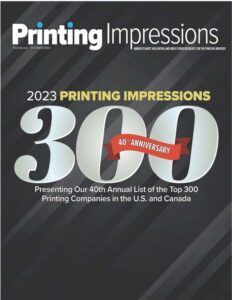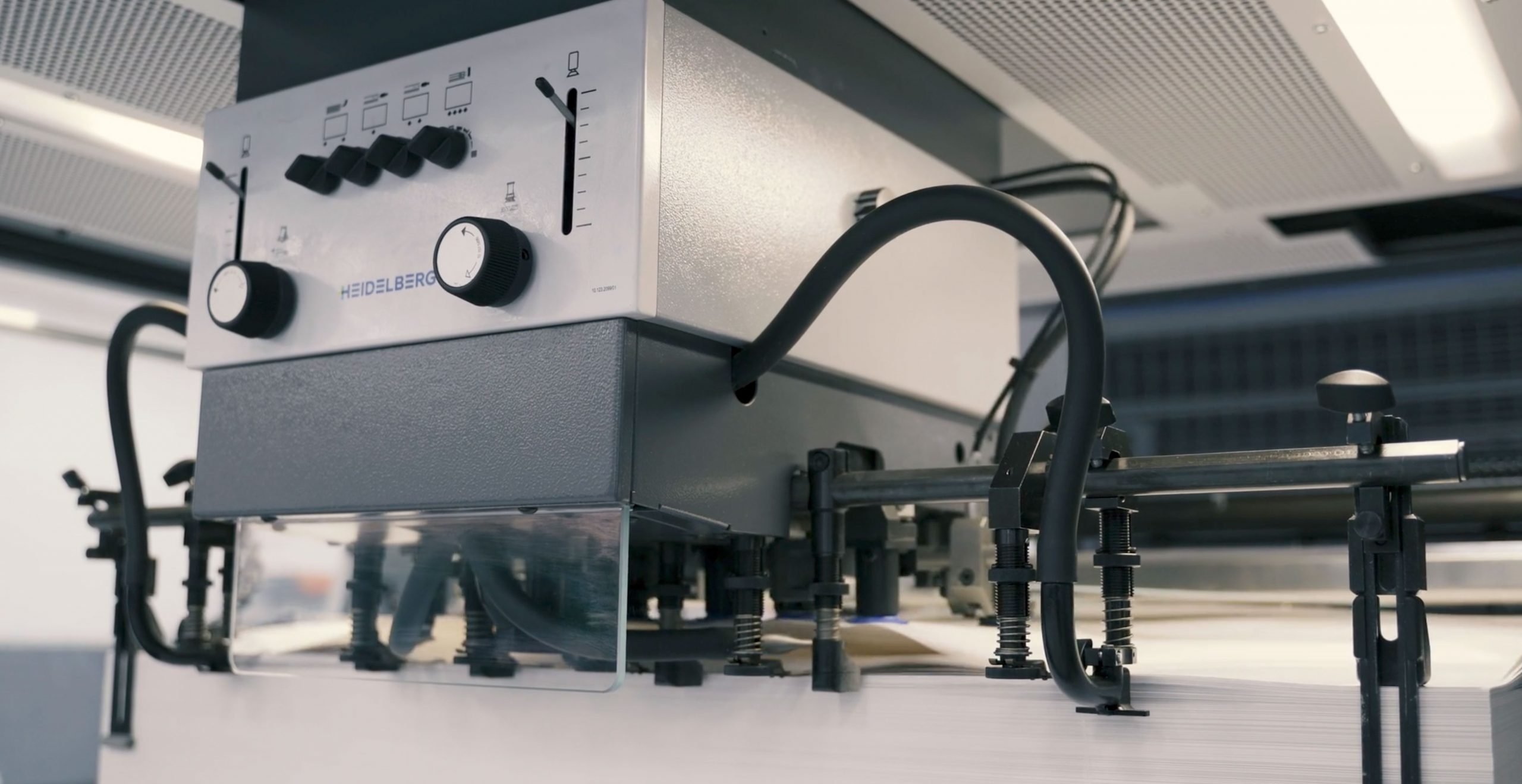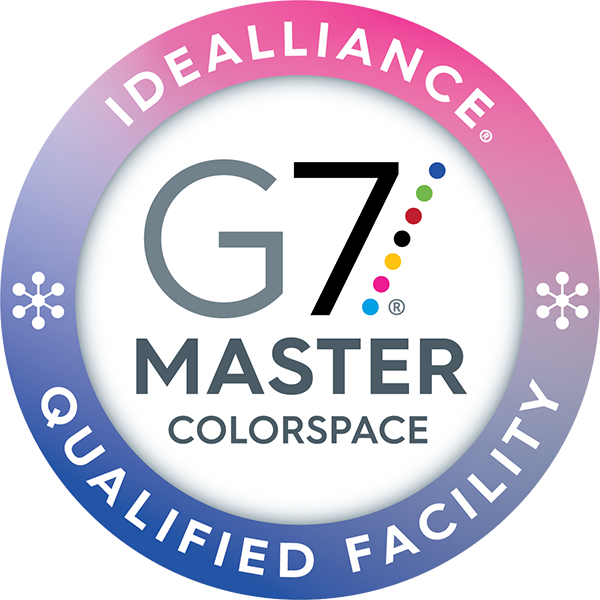Branding plays a vital role in a company’s or university’s marketing endeavors. You want your organization to be easily recognized by consumers and students alike. Because of this need for recognition, you keep your website, social media, and printed pieces within a specific color scheme. Even your written messaging stays consistent across different platforms.
Brand colors and tag lines are everywhere. When planning your next brochure, impact report, fundraiser, or student postcard mailer, choosing between utilizing spot colors and CMYK color process may affect how your company or organization’s brand shines through. Understanding the difference makes project planning simpler.
The Difference Between Pantone Colors and CMYK Color Process
To make the best choice, let’s start by understanding the difference between the CMYK color process and Pantone color matching:
CMYK color process consists of computer software separating your artwork into cyan, magenta, yellow, and black and transferring them onto four different press plates. When the press operator runs the job through the press, each color is layered on top of the other to obtain the original art in the finished product.
Because computer monitors and printers are different, you may find some slight variations in shading since color is subjective. One way to ensure visual consistency throughout your brand is by utilizing spot colors.
Spot colors or Pantone Matching System (PMS) are interchangeable terms referring to a standardized system of color replication called the Pantone Matching System. Each color has its own number, which has a formula to create that particular shade.
You may be more familiar with this process than you think. The next time you head to the paint aisle and pick up a paint swatch, think spot color. Just as the clerk will take that swatch and mix up your favorite shade of blue or cherry red, so will the press operator when you choose a PMS color for your print project. The hands-on work and color matching through PMS lead to the consistency you seek.
Why Choose a Spot (or PMS) Color in Your Project
You may not always want to use a PMS color in your printing. There is more hand work involved, affecting production costs. However, choosing a spot color is a good choice in a few situations.
Brand Color Consistency. Sometimes all it takes is to see a specific color, and you know which company it is. Consider the shipping industry. UPS uses brown, and FedEx sports purple and orange. Universities do the same with their crimson PMS201 or gold PMS7404. The visual effect creates a familiarity for consumers, while making printing accuracy easier to obtain across different printers.
When CMYK Doesn’t Hit the Mark. Color process is fantastic for many projects. Yet, times will come when the CMYK process cannot readily translate or recreate what you envision. This is because spot colors utilize specific blending of ink beyond CMYK’s abilities. For example, reflex blue is a primary color that CMYK cannot replicate. Other examples include fluorescents and metallics. You may come close to a match when using CMYK process, but when you need the color to be spot on, you want to choose PMS.
Large Coverage Area. If you have a large area of solid ink coverage in your artwork, spot color is a better choice for even coverage.
Stay On-Brand with Spot Colors and World Arts
Represent your brand with the color accuracy PMS colors bring to the table. The team at World Arts Printing understands the importance of staying on-brand and works with you to ensure your print project hits the target. Call us today at 800-530-9202 for your brand printing needs.
